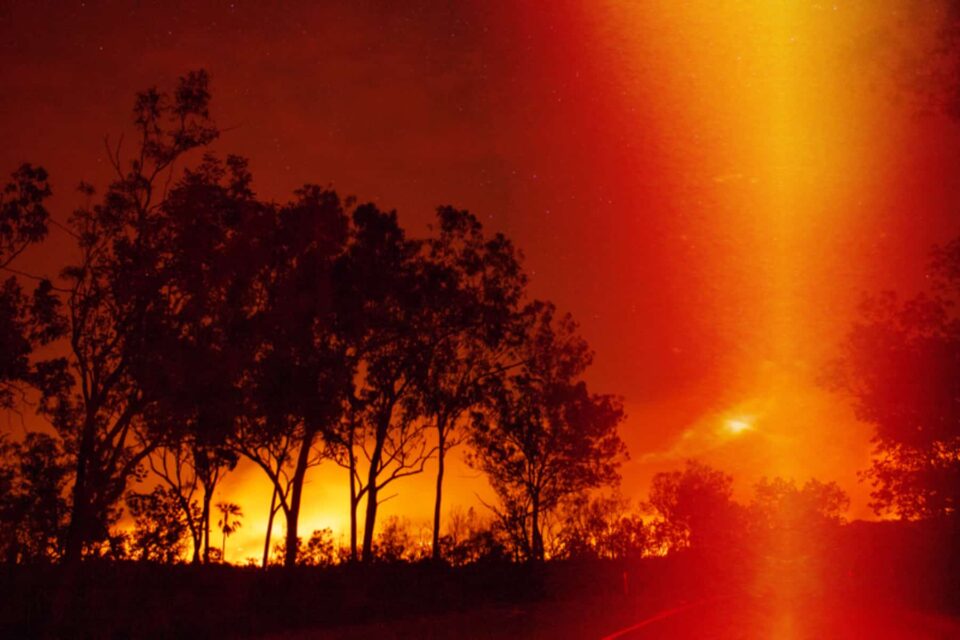The New York Times proclaimed in a recent article that humans caused catastrophic wildfires in California, leading to a large and tragic loss of life. The author seemed to blame these fires on man-made climate change and pointed to evidence of humanity’s negative effect on the environment by citing a peer-reviewed study in a prestigious academic journal. The science is clear, the article argues: Human beings caused one of history’s great tragedies through their careless disregard for the environment.
But the cited study is based on megafauna evidence gathered at La Brea Tar Pits — from 13,000 years ago. According to the NYT author, scientists have “concluded that the disappearance of … large mammals in this region … was linked to rising temperatures and increased fire activity spurred by people.”
The extinction event highlighted in this article happened approximately 12,800 years before the Industrial Revolution began belching supposedly pollutive carbon into our supposedly fragile atmosphere. Nevertheless, the Times article appears to undauntedly equate the past with the present.
According to the report, the authors of the study used a computer model — “similar to the ones that forecast trends in the stock market” — to determine humanity’s role in the fires 13,000 years ago. They allegedly found humans to be the “primary drivers” — both by direct ignition (i.e. campfires that got out of control, and other causes), and by overhunting herbivores, which led to underbrush growth that became fuel for wildfires.
The study itself, recently published and discussed in an essay in Science, “ties together the two leading hypotheses: “human activity and climate change” with fire as the “key mediator.”

Please think about donating below.


